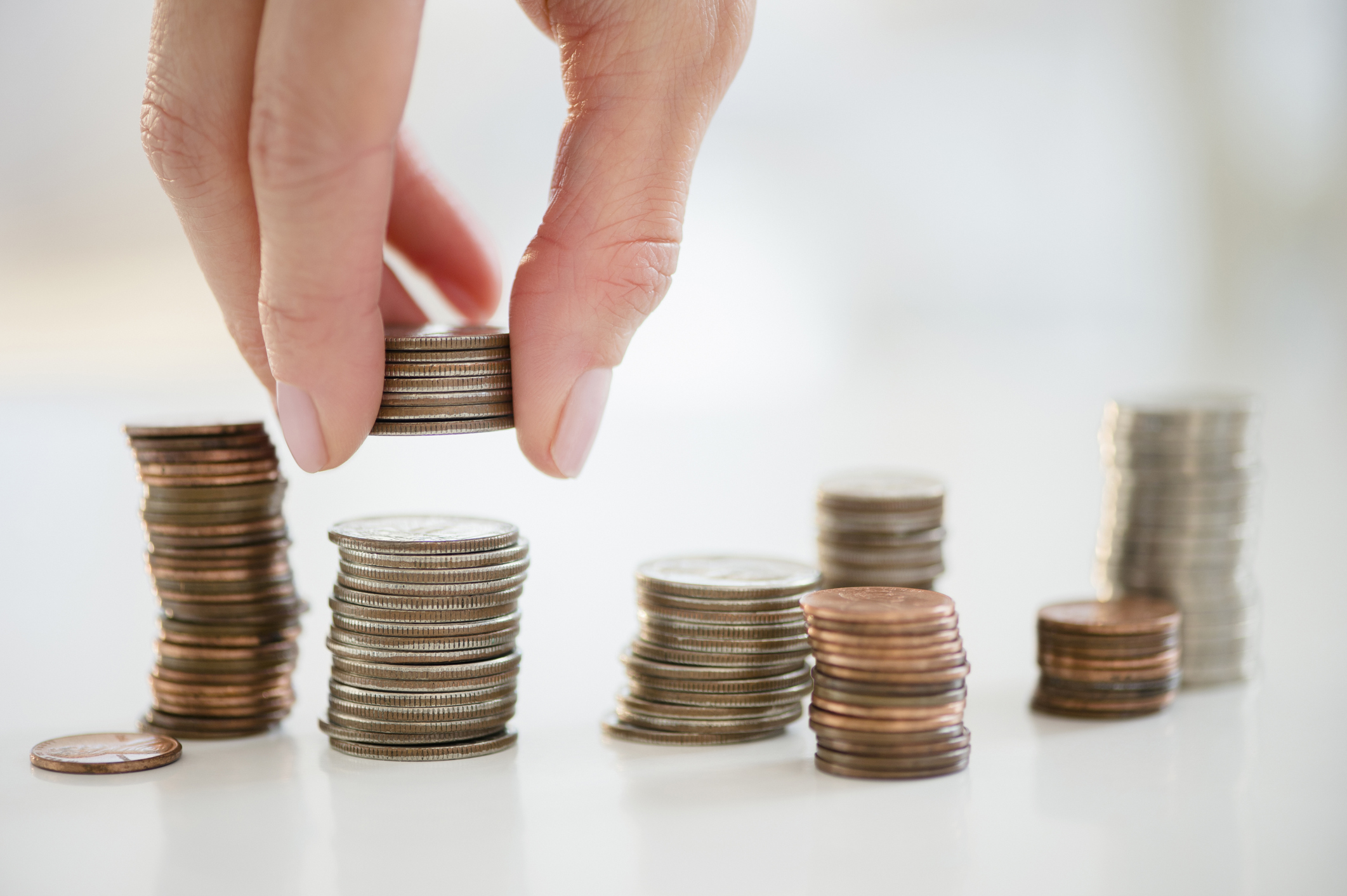Before you dismiss this as a sponsored article, allow me to tell you why you shouldn’t.
Because at some point, even the worst skeptics have to face the reality that retiring in Singapore is no joke indeed. So what better way to prepare for it than learning how to make the best of what we have?
Just to set the context straight, my personal goal is to retire by the age of 55, a decade earlier than the age from which I can start receiving my CPF payouts.
I aim to have around $181,600 in my CPF Retirement Account at 55, so I can then rely on monthly CPF LIFE payouts of about $1,500, starting age 65, for the rest of my life. This is assuming I need at least $1,500 a month to pay my bills, not go hungry, and basically just live a fairly enjoyable life.
What about the ten years between 55 and 65? I will have to amass 10 years x 12 months x $1,500 per month = $180,000 in personal (non-CPF) savings.
Given that I am 28 and have just slightly over 27 years to go before I hit 55, this means I will have to start saving $361,600 ÷ 27 years ÷ 12 months = $1,116 per month (CPF and non-CPF, assuming zero interest) in order to sustain the retirement lifestyle I want.
Seems tough? Sure. Impossible? Nothing’s impossible. How can we do it?
For a start, let’s recognise what’s holding us back and the five steps we can take to address them.

Step 1: Stop complaining, start doing
Assumption: Living expenses so high, where got time to think about saving for retirement?
Reality: Look, no one’s saying you have to save half your monthly salary. All you need to do is save regularly - even if it means just a small amount, like 10 to 20 percent every month. The earlier you start, the more you save (you don’t need a genius to figure that out).
What you should be doing: To help yourself be disciplined, consistently set aside this amount before allocating the rest of your monthly budget to other things. You’ll soon see the fruits of your labour. If you do the reverse and only treat saving as an afterthought, you may well find yourself picking off scraps. No one can help you then.

Step 2: Know why you even need to prepare
Assumption: What’s the point of talking about retirement? It is not as if next time I can retire in my dream bungalow by the sea.
Reality: Who’s even talking about a dream bungalow? You may not be able to retire lavishly, but surely you want to do enough to at least retire comfortably. No one wishes to spend their golden years hungry, homeless, and destitute. The good news, of course, is that most of us already save a good portion of our income regularly, through our CPF accounts.
What you should be doing: Work out the sums (like what I did) based on what you think will be a comfortable retirement age and living expense. If you’re like me and desire retiring early, know that CPF LIFE, which provides lifelong monthly payouts, can kick in earliest from age 65. This means you’ll want to ensure that you have sufficient savings in your CPF accounts, and also find additional ways to finance your early retirement.
Using this simple calculator, you can find out how much in CPF savings you need to have at age 55, in order to receive your desired CPF LIFE monthly payouts starting age 65. With that, it’s easy to work backwards to figure out how much you need to save starting today.
Awareness is half the battle won.

Step 3: Maximise, maximise, maximise
Assumption: Okay lah, saving up sounds pretty necessary if I want to retire well. But with inflation at 2-3% per year my spending power will only decline. Might as well spend my money and enjoy life now.
Reality: True, inflation is a reality we have to take into account. But there are many ways to preserve the value of your hard-earned savings and not have to worry about your spending power being eroded, such as understanding how compound interest works, making full use of the CPF system and its risk-free interest rates, as well as exploring alternative investment options.
What you should be doing: If you have no time or energy to learn about investing, simply save regularly via an instrument that provides stable returns. Take your CPF Special Account, for example, which has an interest rate of 4% p.a. Regularly topping up your SA with just $100 a month for 27 years will leave you with not just your principal (i.e. 27 x 12 x $100 = $32,400), but a handsome $58,761 by the end of it - thanks to the power of compounding.
That’s a whopping 81% in gains! Just think about what you’d end up with at the end of 27 years if you can afford to save even more. And this doesn’t even include the 1% p.a. extra interest that you will earn on the first $60,000 of your CPF savings (up to $20,000 from your OA).
Btw, top-ups to your own or your loved ones’ (your spouse, parents, parents-in-law, grandparents, grandparents-in-law, and siblings) CPF SAs/RAs are also eligible for tax relief, subject to certain conditions and limits. Additional perks, yay.

Step 4: Don’t stop being a kiasu Singaporean
Assumption: Kiasu-ism is overrated.
Reality: No, it’s not - being kiasu is in our blood for a reason. Part of optimising your hard-earned wealth involves being able to control your spending habits. Hence, you should spend as little as possible on the things you know you have to spend on anyway.
I, for one, know for a fact that my favourite pharmacy sells contact lens solution at half price at least twice a year. (Which is really fantastic, cos the stuff ain’t cheap.) Some household groceries can also cost a lot less when you purchase them online as compared to at a supermarket. Take full advantage of such opportunities to stock up, because small things do add up.
What you should be doing: Always try to spend a little less so you can save more. Be on a constant lookout for seasonal promotions, clearance items, and special packages/bundles.

Step 5: Diversify, don’t put all your eggs in one basket
Assumption: Sigh, still don’t feel too convinced about CPF. I can always put my money to other uses, no?
Reality: It’s true, retiring in Singapore doesn’t all start and end with CPF. Alternative options like investing in the stock market may give you higher returns with which to finance your retirement. At the same time, market fluctuations leave you more vulnerable to risk. Your CPF accounts (and government bonds like the Singapore Savings Bonds) are probably the only instruments that are government-backed and give risk-free interest.
What you should be doing: Diversify if you can. As a rough guide, continue to allocate a proportion (say, one quarter) of your savings to your CPF accounts to take full advantage of the attractive risk-free interest rates. Then allocate another quarter to long-term, dividend-paying investments (e.g. blue chips and REITs), and another quarter to value or growth stocks. With the final quarter, get yourself a comprehensive personal insurance plan that gives you peace of mind and helps you tide over unforeseen and unfortunate circumstances.
Get started on your journey to a comfortable, well-planned, and fulfilling retirement! Visit the Big ‘R’ Chat to find out more.
Disclaimer: The opinions and tips in this article are purely the writer’s own. Please consult a licensed financial advisor and exercise due diligence before making any investment decisions.
All images from Getty.
This post is brought to you by CPF Board. Payout figures are estimates, based on the CPF LIFE Standard Plan and computed as of 2017.
If you like what you read, follow us on Facebook and Twitter to get the latest updates.
If you like what you read, follow us on Facebook, Instagram, Twitter and Telegram to get the latest updates.
